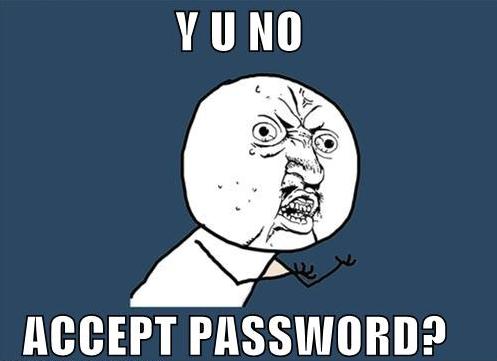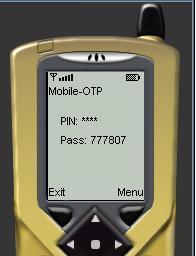Things I’ve been doing instead of blogging, this last month, include:
- Code Week: hacking Three Rings code in a converted hay loft of a Derbyshire farm, as mentioned on the Three Rings blog.
- Hoghton Tower: as is traditional at this time of year (see blog posts from 2010, 2009, 2005, 2003, for example), went to Preston for the Hoghton Tower concert and fireworks display, accompanied by Ruth, and my sister’s 22nd birthday. My other sister has more to say about it.
- Family Picnic: Joining Ruth and JTA at Ruth’s annual family picnic, among her billions of second-cousins and third-aunts.
- New Earthwarming: Having a mini housewarming on New Earth, where I live with Ruth, JTA, and Paul. A surprising number of people came from surprisingly far away, and it was fascinating to see some really interesting networking being done by a mixture of local people (from our various different “circles” down here) and distant guests.
- Bodleian Staff Summer Party: Yet another reason to love my new employer! The drinks and the hog roast (well, roast vegetable sandwiches and falafel wraps for me, but still delicious) would have won me over by themselves. The band was just a bonus. The ice cream van that turned up and started dispensing free 99s: that was all just icing on the already-fabulous cake.
- TeachMeet: Giving a 2-minute nanopresentation at the first Oxford Libraries TeachMeet, entitled Your Password Sucks. A copy of my presentation (now with annotations to make up for the fact that you can’t hear me talking over it) has been uploaded to the website.
- New Earth Games Night: Like Geek Night, but with folks local to us, here, some of whom might have been put off by being called “Geeks”, in that strange way that people sometimes do. Also, hanging out with the Oxford On Board folks, who do similar things on Monday nights in the pub nearest my office.
- Meeting Oxford Nightline: Oxford University’s Nightline is just about the only Nightline in the British Isles to not be using Three Rings, and they’re right on my doorstep, so I’ve been meeting up with some of their folks in order to try to work out why. Maybe, some day, I’ll actually understand the answer to that question.
- Alton Towers & Camping: Ruth and I decided to celebrate the 4th anniversary of us getting together with a trip to Alton Towers, where their new ride, Thirteen, is really quite good (but don’t read up on it: it’s best enjoyed spoiler-free!), and a camping trip in the Lake District, with an exhausting but fulfilling trek to the summit of Glaramara.

That’s quite a lot of stuff, even aside from the usual work/volunteering/etc. stuff that goes on in my life, so it’s little wonder that I’ve neglected to blog about it all. Of course, there’s a guilt-inspired downside to this approach, and that’s that one feels compelled to not blog about anything else until finishing writing about the first neglected thing, and so the problem snowballs.
So this quick summary, above? That’s sort-of a declaration of blogger-bankruptcy on these topics, so I can finally stop thinking “Hmm, can’t blog about X until I’ve written about Code Week!”


 Great!
But it turns out that despite there being libraries to produce server-side implementations of the technology in PHP, Perl, and C, nobody had yet bothered to write one in that most
marvelous of programming languages, Ruby.
Great!
But it turns out that despite there being libraries to produce server-side implementations of the technology in PHP, Perl, and C, nobody had yet bothered to write one in that most
marvelous of programming languages, Ruby.
